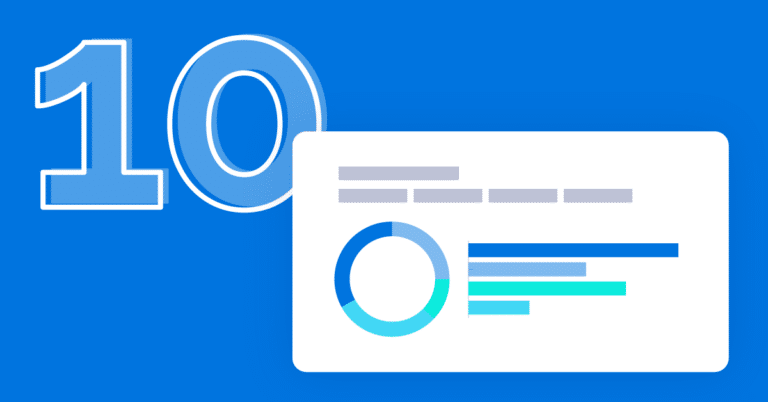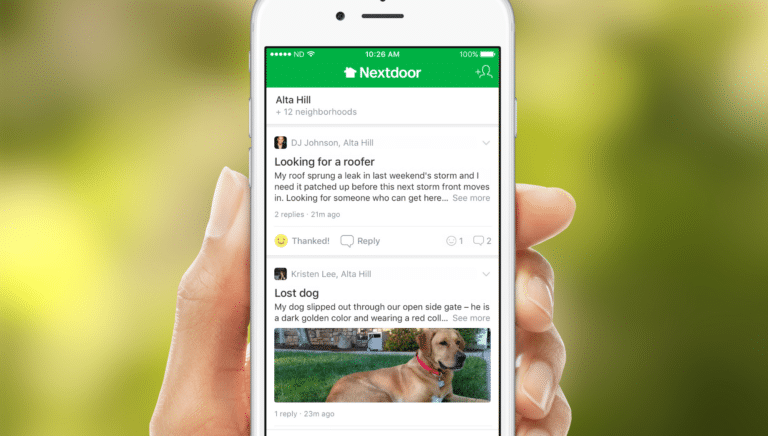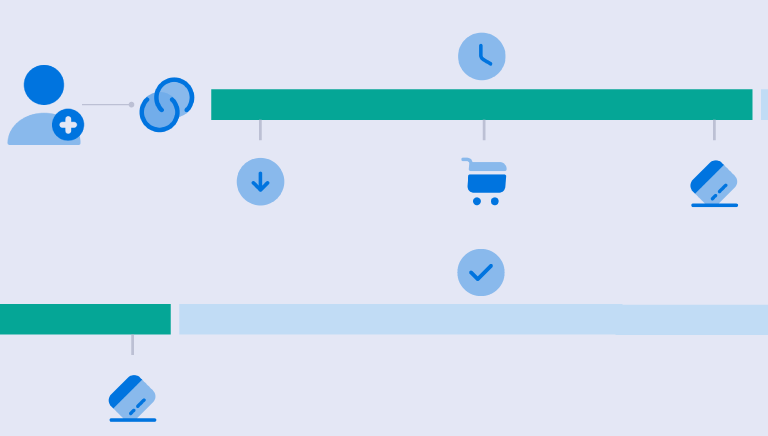MOBILE ATTRIBUTION
What is mobile attribution?
Every marketing pro wants to know if and how their campaigns are driving in-app results. Enter mobile attribution tools, technology that can directly link an app install to an ad, campaign, or other marketing effort.
When every marketing dollar counts, data matters. Mobile app attribution can help businesses determine which marketing channels are effective — and which aren’t. This can help them decide where to spend their marketing budgets to deliver the biggest return on advertising spend (ROAS).
When businesses understand attribution in mobile marketing, they can also leverage these insights to improve user acquisition, user retention, and the user experience for their apps, which can also help build engagement and loyalty.
Understanding mobile attribution
In this guide, we’ll explore:
What does mobile attribution mean?
Simply put, attribution is the marketing practice that assigns the value of a marketing effort back to the actual source that drove the desired action, such as a channel or campaign. For example, mobile attribution can determine where a user performed a desired behavior, such as completing a purchase, installing a mobile app, or completing a survey and then credit a marketing tactic, such as a mobile ad or webinar, for its success.
In multi-channel, mobile marketing campaigns, marketers spend their budget on a variety of different channels to achieve a desired result or measurable event. As the number of available marketing channels grows, it becomes even more important to pinpoint which ones drive results.
Mobile app attribution providers are able to solve this mystery. They figure out where a user originated and track their future conversions. This data is a gold mine for marketers who need to make their ad spent count.
How does mobile attribution work?
Developers and marketers often advertise to get users to install or engage with their apps. Digital ads, such as banners or video ads, create the perfect vehicle to track mobile attribution. When a user clicks through one of these ads to learn more about an app, advertisers can learn a lot, including what kind of device, operating system, and app store the user has.
When a user installs and opens an app, software within the app sends information to the app’s mobile attribution provider. This software can track which ad led to the app’s installation, thus attributing it to a specific campaign.
Through this chain of data, advertisers and developers can learn more about the effectiveness of their campaigns, information that can be used to optimize their marketing spend.
What mobile attribution model is best?
There are many mobile attribution techniques, and each works in a different way to track and analyze user behavior.
Multi-touch attribution aims to capture all the interactions a user has had on the journey to conversion. As the name suggests, multi-touch attribution gathers data from many different touchpoints, such as advertising, social media, emails, in-store promotions, and QR codes. Multi-touch attribution provides a great depth of information for businesses. However, analyzing that data for meaningful, actionable insights may be more challenging for marketers.
In reality, achieving a unified MTA solution is outdated and consumes more resources than are justified.
“You really have to stitch together more than one methodology to get to what the true performance of a given marketing campaign is.” — Anthony Scarpaci, VP of Growth at Acorns
Considering the many costs and variables involved in building unified MTA solutions as well as the fact that MTA also takes a lot of resources andis increasingly fragmented due to privacy constraints, it might not be the most practical framework to implement for every brand.
Another kind of mobile attribution is last-touch attribution, which is sometimes called last-click attribution. Not surprisingly, this captures information from the last touchpoint a user had before completing an action. While this model is easy to use and understand, it can give an incomplete picture of the path that led a user to a product.
There’s also a model called first-touch attribution, which gathers data from the first point of contact a user had. Alternatively, view-through attribution connects conversions back to an individual impression. Other models may focus on the timing of a transaction in relation to an ad, which is referred to as a mobile attribution window — the point in the customer journey when a user converted.
Each mobile attribution model provides information that businesses can use to streamline their marketing and achieve better results.
Best practices for mobile attribution
First, set the stage for success by establishing clear goals and key performance indicators for your ad campaigns. This will help you select the right mobile attribution model for your needs. For many, the best one is the multi-touch attribution, which will provide a broad — and deep — view of user behavior so you can target your marketing efforts to your most successful channels.
It’s also important to validate the data you’re using for your mobile attribution tool. As the saying goes, garbage in, garbage out. Start with quality data so you get accurate results. Then, invest the time and energy necessary to thoroughly analyze your data and gain the most benefit from this valuable information.
Also, don’t let high tech replace traditional marketing efforts like A/B testing. The two can and should work hand in hand to improve the effectiveness of your campaigns.
Two steps to better attribution
1. Start tracking all of your touchpoints
User journeys are increasingly complex; they happen across many different devices and channels — social, email, mobile web, apps, ads, CTV, mobile banners, and more. To have accurate attribution, you need to be able to measure everything. At Branch, we’ve been powering flawless, cross-channel mobile user experiences for years, so our links have a proven track record of working everywhere you need to put a URL.
2. Get the whole story
Your customer journeys aren’t linear, so your attribution solutions shouldn’t be either. Conversions can happen on any platform. To optimize your marketing investments, you have to track all of your campaigns. Branch measures across all channels — paid, owned, and earned channels. Our attribution reporting is designed to give actionable insights for omni-channel mobile marketing strategies.
Ultimately, mobile attribution arms businesses with critical data that can help them make the most of their marketing budgets while boosting their bottom line.
Ready to fix your mobile attribution?
10 Essential Tips for Leveraging Branch’s Analytics Capabilities

Are You Misattributing Half Your Installs?: How Nextdoor Uses Branch to Increase the Number of Attributed Installs

Guide to Attribution Windows: What They Are and How They Work

